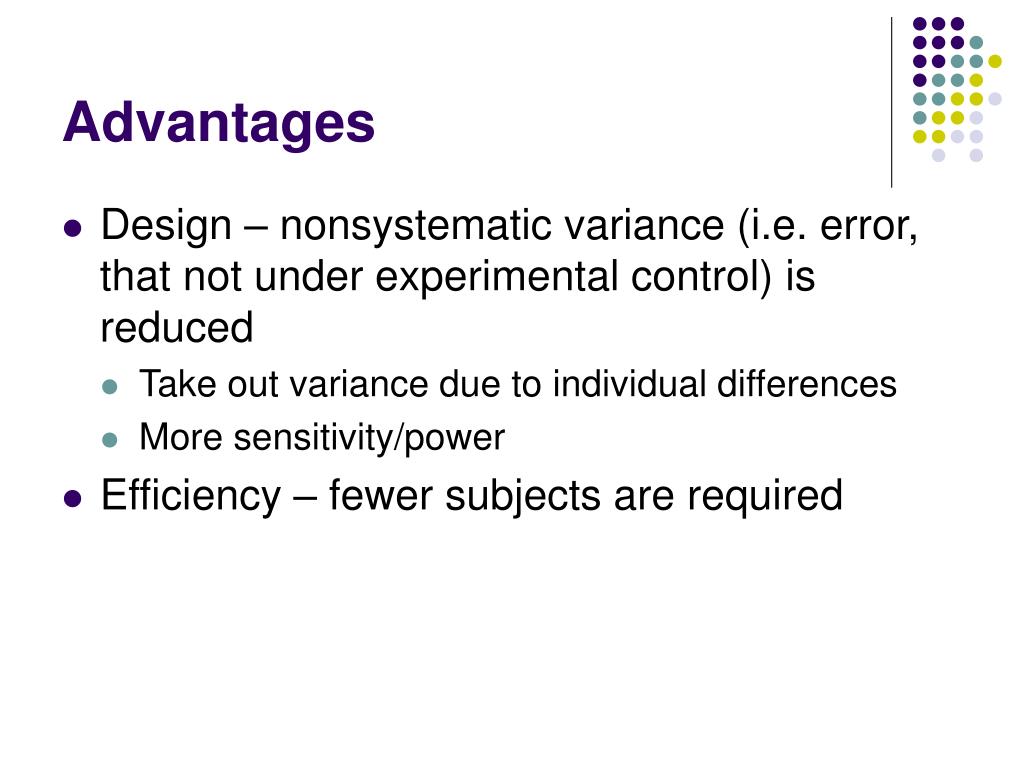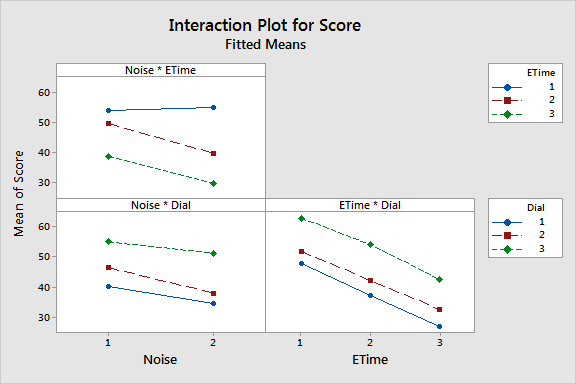Design < University of California, Berkeley
Table Of Content
Typological and interactive approaches to mixed methods research have been presented as mutually exclusive alternatives. The interactive approach of Maxwell is a very powerful tool for conducting research, yet this approach is not specific to mixed methods research. Maxwell’s interactive approach emphasizes that the researcher should keep and monitor a close fit between the five components of research design. However, it does not indicate how one should combine qualitative and quantitative subcomponents within one of Maxwell’s five components (e. g., how one should combine a qualitative and a quantitative method, or a qualitative and a quantitative research question). Essential elements of the design process, such as timing and the point of integration are not covered by Maxwell’s approach. This is not a shortcoming of Maxwell’s approach, but it indicates that to support the design of mixed methods research, more is needed than Maxwell’s model currently has to offer.
Maturation
We examine how these comparisons address maturation, testing and session experience, and coincidental events. Mixed methods research offers powerful tools for investigating complex processes and systems in health and health care. This article describes integration principles and practices at three levels in mixed methods research and provides illustrative examples. Integration at the study design level occurs through three basic mixed method designs—exploratory sequential, explanatory sequential, and convergent—and through four advanced frameworks—multistage, intervention, case study, and participatory. Integration at the interpretation and reporting level occurs through narrative, data transformation, and joint display.
The Benefits of Repeated Measures Designs
The embedded mixed methods design allowed the authors to explore both the prevalence of certain attitudes or behaviors and to gain insight into why these attitudes and behaviors were present. The use of qualitative data as a priority in the study allowed the researchers to explore the complexity and richness of the nurses’ experiences with the new system. This approach is particularly useful when trying to understand the factors that contribute to or impede successful implementation of new technologies. Additionally, the qualitative data was used to develop a theoretical framework that informed the development of the quantitative survey instrument.
Associated Data
Thus, for any multiple baseline design to address the threat of maturation, it must show changes in multiple tiers after substantially differing numbers of days in baseline. The lag between phase changes must be long enough that maturation over any single amount of time cannot explain the results in multiple tiers. With control for coincidental events in multiple baseline designs resting squarely on replicated within-tier comparisons, there is no basis for claiming that, in general, concurrent designs are methodologically stronger than nonconcurrent designs.

First, in the replicated within-tier comparison, each tier of the design is exposed to the treatment at a different point in time. After implementing the treatment for the first tier, they say, “rather than reversing the just produced change, he instead applies the experimental variable to one of the other as yet unchanged responses. If it changes at that point, evidence is accruing that the experimental variable is indeed effective, and that the prior change was not simply a matter of coincidence” (p. 94).
The value of Retrospective and Concurrent Think Aloud in formative usability testing of a physician data query tool - ScienceDirect.com
The value of Retrospective and Concurrent Think Aloud in formative usability testing of a physician data query tool.
Posted: Tue, 05 Dec 2017 23:19:27 GMT [source]
The reader can, therefore, see that the design notation also works quite well for multimethod research designs. Notably absent from Morse and Niehaus’s book are equal-status or interactive designs. In addition, they assume that the core component should always be performed either concurrent with or before the supplemental component. Although this distinction is useful in some circumstances, we do not advise to apply it to every mixed methods design.
Is concurrent validity internal or external?
Quantitative data can also be used to help generate the qualitative sample or explain findings from the qualitative data. Qualitative inquiry can inform development or refinement of quantitative instruments or interventions, or generate hypotheses in the qualitative component for testing in the quantitative component (O'Cathain, Murphy, and Nicholl 2010). Although there are many potential gains from data integration, the extent to which mixed methods studies implement integration remains limited (Bryman 2006; Lewin, Glenton, and Oxman 2009). Nevertheless, there are specific approaches to integrate qualitative and quantitative research procedures and data (O'Cathain, Murphy, and Nicholl 2010; Creswell and Plano Clark 2011).
Humans are social animals

Options for reporting the findings include looking for potential sources of bias, and examining methodological assumptions and procedures. Investigators may handle discordant results in different ways such as gathering additional data, re-analyzing existing databases to resolve differences, seeking explanations from theory, or challenging the validity of the constructs. Authors deal with this conundrum by discussing reasons for the conflicting results, identifying potential explanations from theory, and laying out future research options (Pluye et al. 2005; Moffatt et al. 2006). This understanding of the primary role of replicated within-tier comparisons also implies that, when there is a trade-off, design options that improve control through the within-tier comparisons should take precedence over those that would improve control through across-tier comparisons.
Saturation in qualitative research: exploring its conceptualization and operationalization
During the trial, qualitative data collection can be used to understand contextual factors that could influence the trial results or provide detailed information about the nature of the experience of subjects. In a site-level controlled trial of a quality improvement approach for implementing evidence-based employment services for patients at specialty mental health clinics, Hamilton and colleagues collected semistructured interview data before, during, and after implementation (Hamilton et al. 2013). In another interesting example, Jaen and colleagues used an embedded approach for evaluating practice change in a trial comparing facilitated and self-directed implementation strategies for PCMH. The authors use both embedded quantitative and qualitative evaluation procedures including medical record audit, patient and staff surveys, direct observation, interviews, and text review (Jaen et al. 2010).
The multiple baseline design was initially described by Baer et al. in their classic 1968 article that defined applied behavior analysis. The authors discuss “two designs commonly used to demonstrate reliable control of an important behavior change” (p. 94). The first is the reversal design and the authors describe the important applied limitation with this design—situations in which reversals are not possible or feasible in applied settings. They then describe the “multiple baseline technique” (p. 94) and two types of comparisons that contribute to its experimental control.
(4) using a framework (theoretical or program) to bind together the data sets (Creswell and Plano Clark 2011, p. 76). Expansion seeks to extend the breadth and range of inquiry by using different methods for different inquiry components.
Comments
Post a Comment